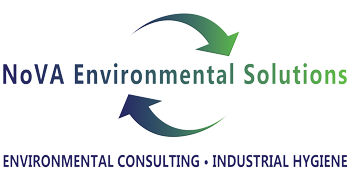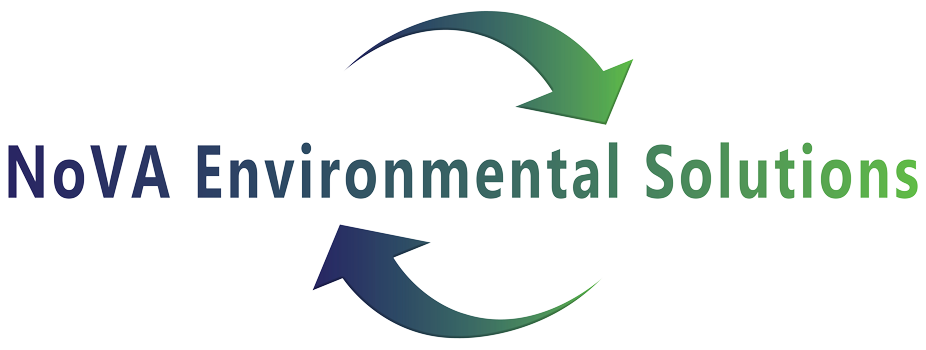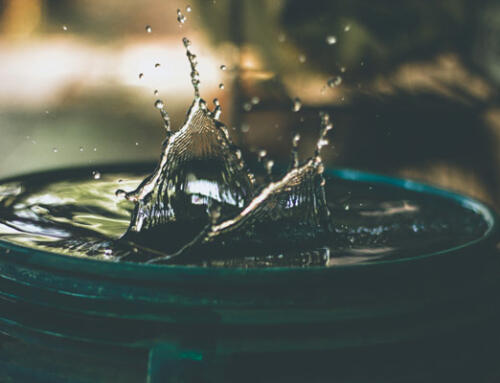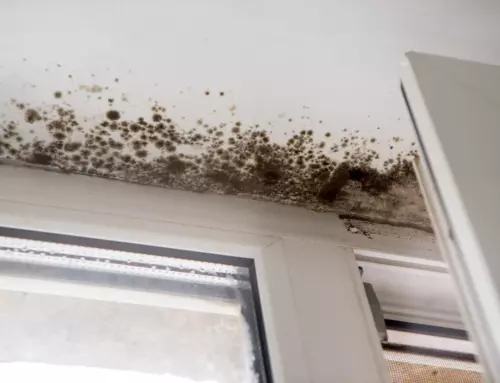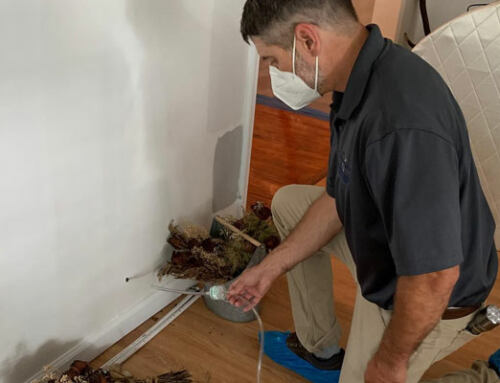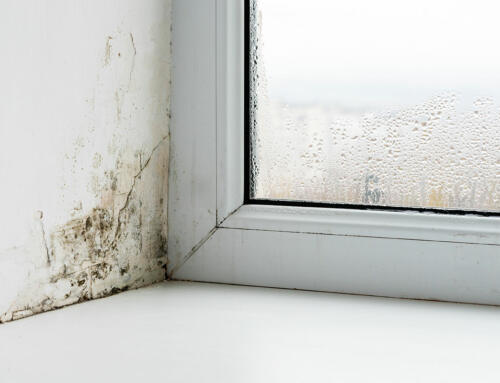Mold can be a worrisome issue for homeowners, given the various types that exist, some of which could potentially harm your health. In this blog post, we will delve into the most common mold types and how to identify them, enabling you to recognize potential risks and take appropriate action.
Understanding the Basics of Mold:
Mold is a type of fungi that thrives in damp environments, reproducing through spores that spread and grow on different surfaces. It comes in various colors and textures, such as black, green, or fuzzy. While not all molds are harmful, some pose serious health risks. Learning to identify and prevent mold growth in your home or workplace is vital for ensuring a safe living environment. (For prevention tips, check out our blog post on “5 Ways to Prevent Mold Growth.”)
White Mold:
White mold is a common type often found in homes and buildings. It appears as a powdery or fuzzy white substance and is sometimes mistaken for mildew. Although generally less harmful than black mold, it can still cause health issues, especially for individuals with allergies or respiratory conditions. Typically growing on organic materials like wood, paper, or fabric, identifying and addressing white mold promptly is essential.
Orange Mold:
Orange mold has a distinct appearance with a slimy and spongy texture. It often appears as spots before fully developing. If you notice this spotting early on, contacting us will enable us to assess its growth and extent before it becomes a more significant problem. While not considered a significant health threat, people with high sensitivity to mold may experience complications like allergic reactions, coughing, and skin rashes.
Black Mold:
Contrary to popular belief, not all black-colored molds are toxic or harmful. Stachybotrys chartarum, commonly known as black mold, is one of the most infamous types. Although it can produce harmful mycotoxins, not all strains do so. Preventing black mold growth involves keeping your home dry and addressing any water or moisture issues. If you suspect black mold in your home, seeking professional help for identification and remediation is best.
How We Can Help:
At NoVA Environmental Solutions, we understand the importance of addressing mold issues in your home. As certified and licensed Mold Inspectors, we can help you in the following ways:
Conduct a thorough Mold Inspection to assess the presence of mold growth and identify the source of underlying moisture.
Prepare a Mold Remediation Protocol following the latest industry standards and guidelines.
Perform Post Remediation Verification (PRV) inspections and testing.
Contact us for any questions or assistance regarding mold issues and determining the next steps. Find out more about our mold testing services on our website or call (540) 645-6141.
Conclusion:
Being aware of the different mold types and how to identify them is crucial for maintaining a safe living environment. Prompt action and professional help when needed can mitigate potential health risks and ensure a mold-free home. Don’t hesitate to reach out to us for expert assistance in dealing with mold problems.
